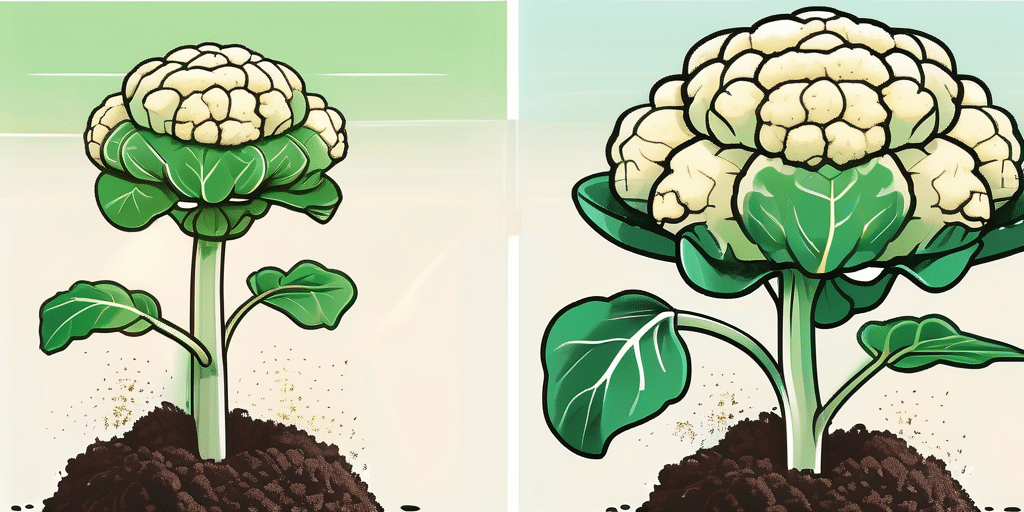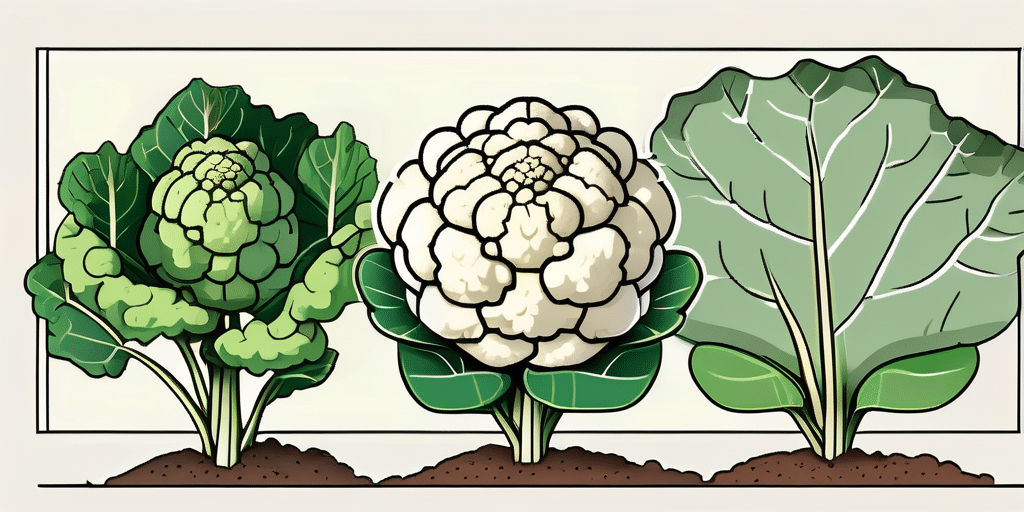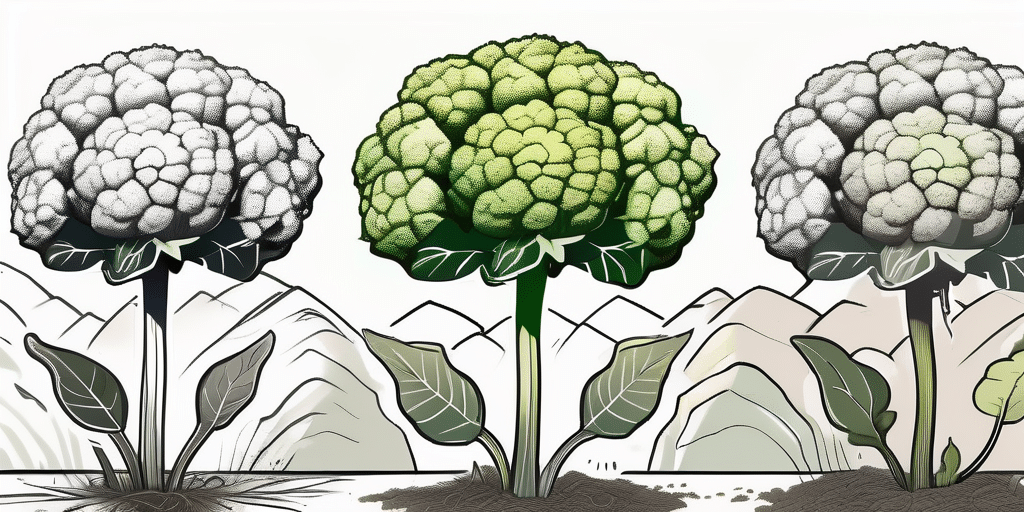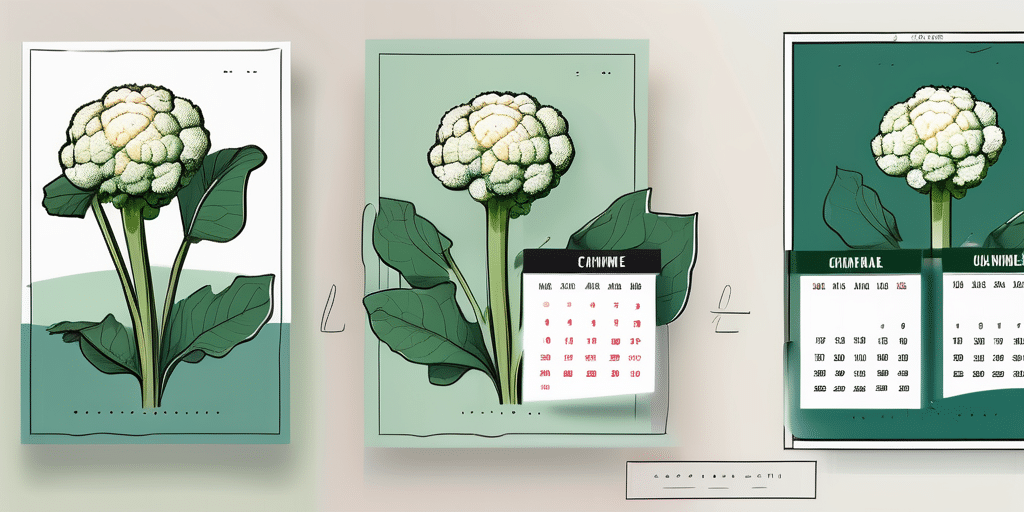Growing cauliflower can be a rewarding experience, especially when you see those large, creamy heads peeking out from the leaves. But to get the best results, you need to provide your cauliflower plants with the right nutrients. That’s where fertilizing comes in. In this guide, we’ll delve deep into the world of fertilizing cauliflower, providing you with the knowledge you need to grow amazing cauliflower.
Understanding the Nutritional Needs of Cauliflower
Cauliflower, like all plants, requires certain nutrients to thrive. These nutrients are typically divided into macronutrients and micronutrients. Macronutrients are needed in larger quantities and include nitrogen, phosphorus, and potassium. Micronutrients, needed in smaller quantities, include elements like iron, manganese, and zinc.
According to the USDA Agricultural Research Service, cauliflower plants particularly need high levels of nitrogen to support leaf and head growth. Phosphorus is essential for root development and energy transfer, while potassium aids in water regulation and overall plant health.
Nitrogen
Nitrogen is a crucial nutrient for cauliflower growth. It’s primarily responsible for leaf and stem growth, which is vital for cauliflower as the plant’s large leaves are what protect the developing head from the sun.
However, too much nitrogen can lead to excessive leaf growth at the expense of the head. Therefore, it’s important to strike a balance in nitrogen application. A soil test can help determine the existing nitrogen levels in your soil and guide your fertilization strategy.
Phosphorus
Phosphorus is another essential nutrient for cauliflower. It aids in root development and energy transfer within the plant. A deficiency in phosphorus can lead to stunted growth and smaller heads.
Phosphorus is typically applied at planting time to promote root development. However, it doesn’t move in the soil as easily as nitrogen, so it’s important to ensure it’s placed where the plant roots can access it.
Potassium
Potassium is the third key nutrient for cauliflower. It aids in water regulation and overall plant health. A deficiency in potassium can lead to weak stalks and small heads.
Like phosphorus, potassium is typically applied at planting time. It’s also important to ensure it’s placed where the plant roots can access it, as it doesn’t move in the soil as easily as nitrogen.
Choosing the Right Fertilizer
Once you understand the nutritional needs of cauliflower, the next step is choosing the right fertilizer. There are many different types of fertilizers available, each with its own advantages and disadvantages.
According to the University of Minnesota Extension, a balanced fertilizer that contains equal amounts of nitrogen, phosphorus, and potassium is typically a good choice for cauliflower. However, the specific needs of your soil and plants may require a different formulation.
Synthetic Fertilizers
Synthetic fertilizers are manufactured chemically and contain specific amounts of nutrients. They’re typically fast-acting and easy to apply, making them a popular choice for many gardeners.
However, synthetic fertilizers can also lead to nutrient imbalances if not used correctly. They can also harm beneficial soil organisms and contribute to water pollution if overused.
Organic Fertilizers
Organic fertilizers are derived from natural sources like compost, manure, or bone meal. They typically contain a wide range of nutrients and can also improve soil structure and fertility over time.
However, organic fertilizers are typically slower acting than synthetic ones, so they may not be the best choice if your plants are already showing signs of nutrient deficiency.
How to Fertilize Your Cauliflower
Now that you know what nutrients cauliflower needs and what types of fertilizers are available, it’s time to get down to the nitty-gritty of how to actually fertilize your cauliflower.
- Start by testing your soil. This will give you a baseline understanding of what nutrients are already present in your soil and what you need to add. You can purchase a soil test kit from a garden center or send a soil sample to a lab for testing.
- Choose a fertilizer based on the results of your soil test. If your soil is already high in one nutrient, choose a fertilizer that is lower in that nutrient. For example, if your soil is high in nitrogen, choose a fertilizer that is lower in nitrogen but higher in phosphorus and potassium.
- Apply the fertilizer according to the package instructions. This typically involves spreading the fertilizer evenly over the soil and then watering it in. Be sure to follow the recommended application rate to avoid over-fertilizing.
- Monitor your plants for signs of nutrient deficiency. If your plants are still showing signs of nutrient deficiency after fertilizing, you may need to reapply the fertilizer or try a different type.
Common Fertilization Mistakes to Avoid
While fertilizing cauliflower isn’t overly complicated, there are a few common mistakes that can hinder your success.
Over-fertilizing
It’s easy to think that more fertilizer equals better growth, but this isn’t always the case. Over-fertilizing can lead to nutrient imbalances, harm beneficial soil organisms, and even burn your plants.
To avoid over-fertilizing, always follow the recommended application rate on the fertilizer package. It’s also a good idea to test your soil regularly to keep track of nutrient levels.
Under-fertilizing
On the flip side, under-fertilizing can lead to nutrient deficiencies and poor growth. If your plants are showing signs of nutrient deficiency, such as yellowing leaves or stunted growth, it may be time to apply more fertilizer.
Again, a soil test can help guide your fertilization strategy and ensure your plants are getting the nutrients they need.
Ignoring Soil pH
Soil pH can greatly affect nutrient availability. Most nutrients are most available to plants in slightly acidic to neutral soil (pH 6-7). If your soil is too acidic or too alkaline, certain nutrients may become unavailable to your plants, leading to deficiencies.
Testing your soil pH and adjusting it as necessary can help ensure your plants are able to access the nutrients they need.
Conclusion
Fertilizing cauliflower may seem complex, but with a little knowledge and careful management, it’s a task that can greatly enhance your cauliflower growing success. By understanding the nutritional needs of cauliflower, choosing the right fertilizer, and avoiding common mistakes, you can grow amazing cauliflower that’s sure to impress.
Join Our Green-Thumbed Community!
Ready to turn your cauliflower dreams into reality? Subscribe for free to How to Grow Everything and learn how to build the garden of your dreams! Receive personalized gardening advice tailored to your grow zone and experience level. Enjoy the best gardening tips, special offers, and deals delivered straight to your inbox – with no spam, just pure gardening gold. It’s 100% free, from our family to yours. Start growing amazing cauliflower and more today!






